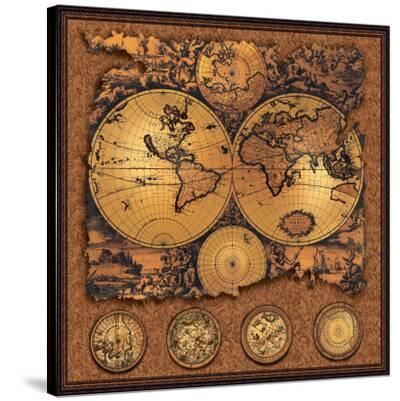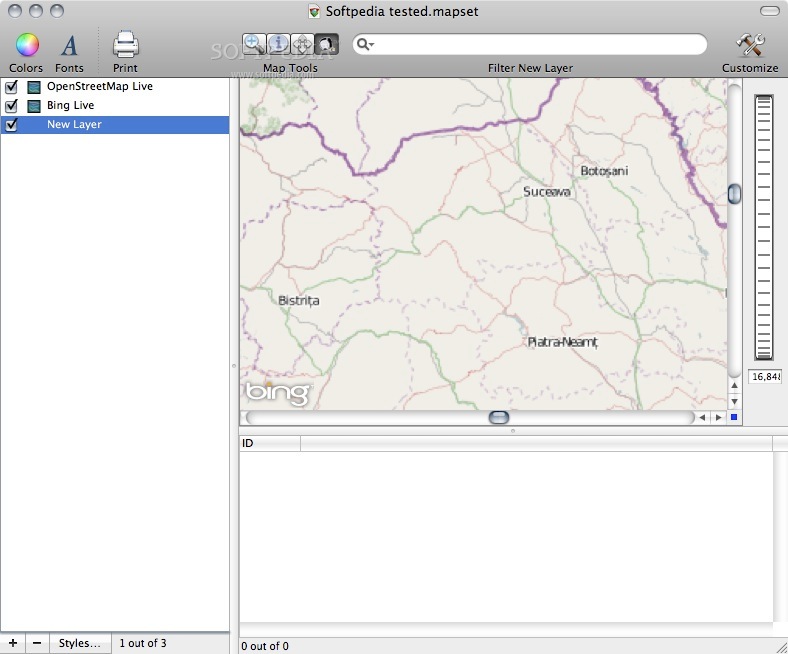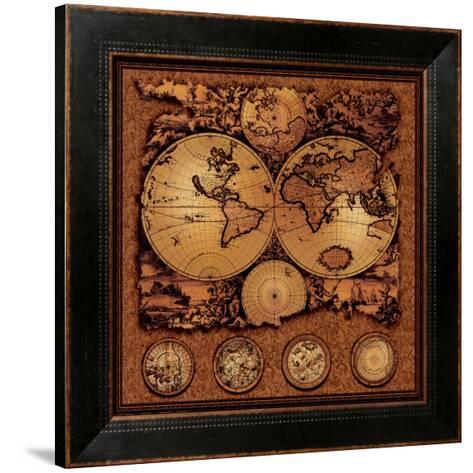
even though no complete example was then known.

James Welu had already surmised that the wall map appearing in Jan Vermeer’s ‘Painter in his Studio’ had been issued with twenty small town views on the left and right sides. the story of Schilder’s find in Skokloster Castle in Sweden of the most complete example of Visscher’s wall map of the Seventeen Provinces is the most dramatic. Of the many examples of the painstaking detective work on which the success of this volume is based. It is also clear from this inventory that quite large stocks of maps were maintained (as many as 123 impressions from one plate were found in the first inventory) The second contains an entry for twelve plates (platen) of a map of Rome and this possibly refers to the plates for the Antonio Tempesta view of Rome. For instance, a press called a ‘cunst pars’ (art press or roller press) and ‘Drucklappen’ (probably felts laid over the paper and copper plate as they passed through the roller press) are mentioned. and sheet maps and religious prints for stock. but of particular interest here are the references to copper plates, printing equipment. The whole inventory is a rich source of information for Dutch everyday life in the seventeenth-century. and the other made after Magdalena died in 1625. van Deutecom and Magdalena Sebastiaans the widow of Cornelis Cornelisz. 1560-1630) includes a transcription of two inventories, one of 1608 drawn up before the marriage of Jan Jansz.
Cartographica full#
Schilder’s full and informative survey of the work of the van Deutecum ramily of engravers (fl. Blaeu (1608) and Joannes van Deutecum-Claes Jansz. Monumenta Cartographica Neerlandica I (1986)Ĭonsists of descriptions and full-size facsimiles of three wall maps of the Seventeen Provinces of the Netherlands by Gerard de Jode (1566), Willem Jansz. Volumes I-VIII were published by Uitgeverij Canaletto/Repro Holland, Alphen aan den Rijn, The Netherlands. heraldic arms, and other details.ĭavid Woodward in “Imago Mundi” 46, 1994. The extensive use of supporting illustrative material makes the project a veritable iconographic treasure trove: included are comparative details of maps and views, portraits, cartouches, ships, contemporary town views showing centers of the map trade, coverage diagrams showing sheet lines of major man series. It would therefore be a mistake for the reader to assume that this work is about only Dutch maps. Furthermore, other maps -not necessarily produced in the Netherlands – that are precursors of or associated with the main subject of the volumes, are also fully described. Each map is put into its context: cartographic, geographic, iconographic, and historical.

However, Monumenta Cartographica Neerlandica is far more than an illustrated bibliographical description. Particularly from first-hand accounts from voyages of exploration. There is a full description – with equations – of the mathematical construction and projection of the maps (with help from colleagues at Utrecht), archival and biographical information related to engraving and printing, and extensive narrative on the sources of the geographical content of the maps.

The maps are carefully described, many of their main legends translated from Latin into Dutch and English, and the Locations of their known impressions listed. Each volume and its accompanying portfolio of unbound full-sized reproductions is a feast for the eyes.

With the publication of Monumenta Cartographica Neerlandica the knowledge and appreciation of Dutch cartography in its Golden Age will be furthered.Īny reference library that has the smallest interest in the history of early maps – or the history of art science, or technology – should subscribe to this series. In this way rare cartographical material will be made more readily accessible to people interested in the subject.
Cartographica full size#
Many maps are reproduced in full size facsimiles. The bi-lingual work (Dutch and English) is the result of the author’s investigations carried out during the past 30 years in numerous Dutch and foreign collections.
Cartographica series#
The aim of this series is to present an inventory of rare and significant Dutch maps and charts from the period 15. Explokart Research Project by Günter Schilder


 0 kommentar(er)
0 kommentar(er)
